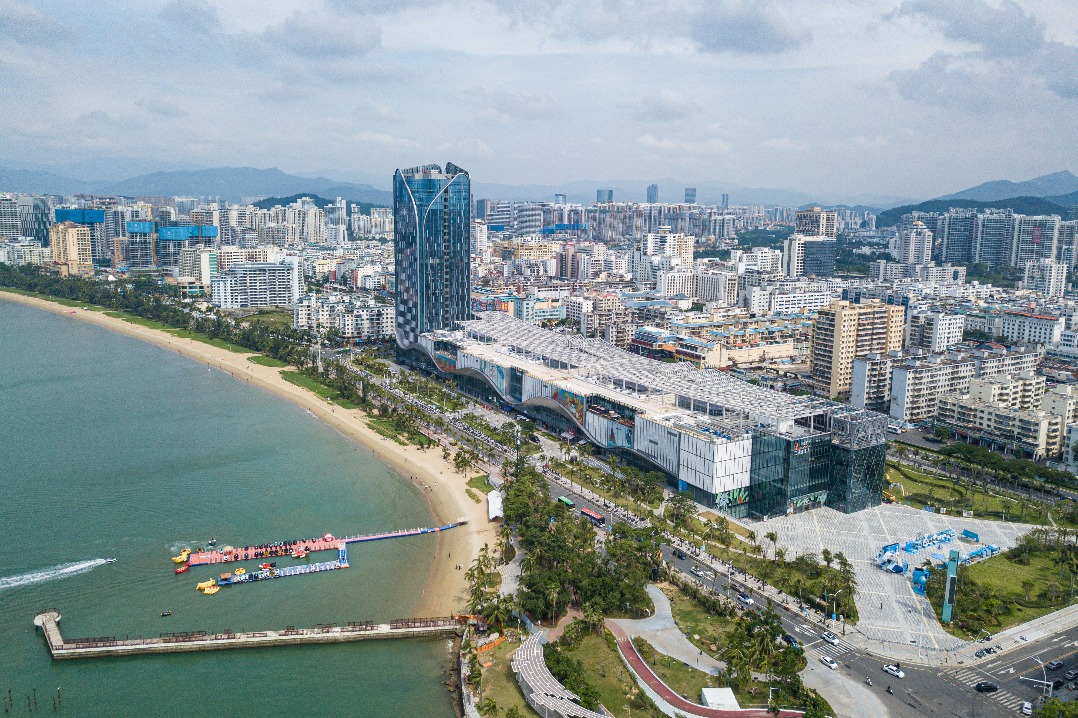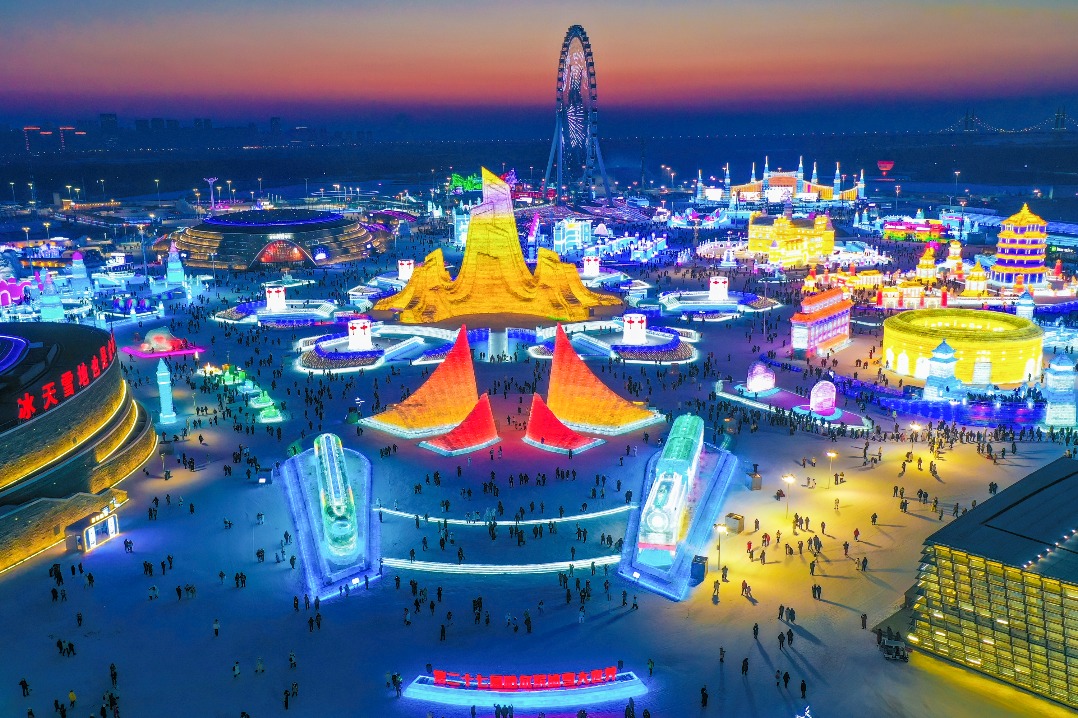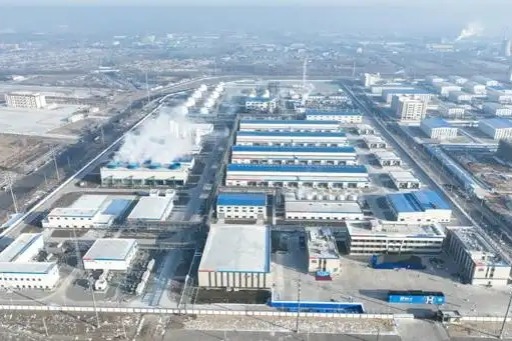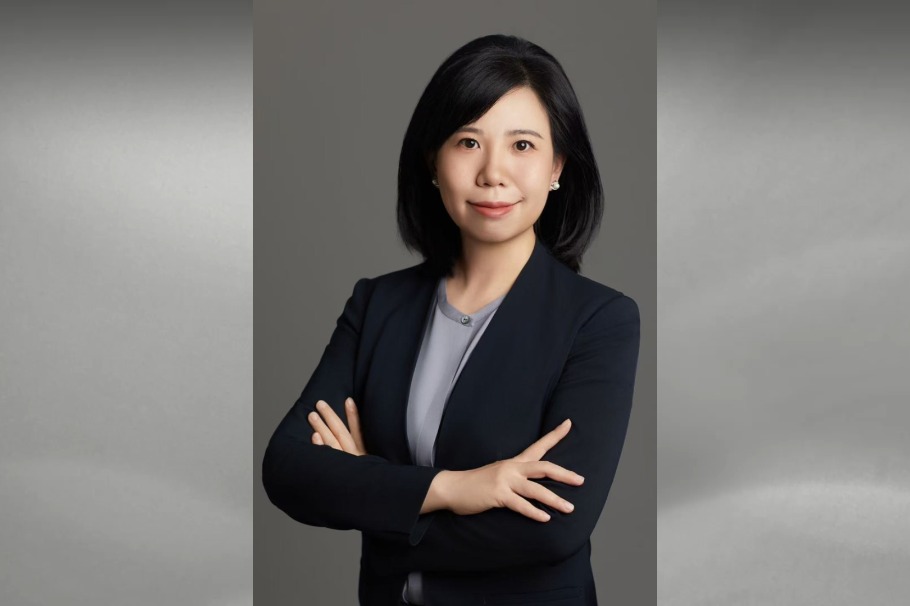Hip-hop style, but rapped in Chinese

In the eyes of her parents and peers, Zhang Chunyu has a typical good-girl image: quiet, a professional pianist and a huge fan of classical music. But she has developed a crush on something else.
These days, Zhang, 19, is sporting a different look by wearing Missy Elliot-style clothes and hats and is trying to look like a rap singer. In addition, live house and hiphop music festivals have become favorite venues for her and her friends.
"I love all the hip-hop style clothes and music," Zhang says. "They are so different."
The fervor for hip-hop - including break dancing, graffiti and rapping - is burning across the country, thanks to a talent show, The Rap of China, that premiered this summer on online video website iQiyi.
Within four hours of its debut, the show had been streamed more than 100 million times. Later episodes were viewed about 200 million times each.
Through the show's success, previously little-known rappers like Gai, PG ONE and After Journey are now trending on social media.
The show has been good for the business of online stores, as teenagers buy clothes, shoes or hats similar to those worn by their idols on the show.
"We will not stop with the show. We plan to organize concert tours and make people rich through hiphop. It's a big market," says Chen Wei, senior vice-president of iQiyi and general producer of The Rap of China.
The company has created its own brand "R! CH" (Rising! Chinese Hip-Hop) featuring clothes, accessories, digital products, food and alcohol.
Hip-hop is a culture and art movement developed in New York City during the late 1970s. In the United States, rap is mainstream, while in the Republic of Korea rapping has merged with local styles to create a unique genre.
Hip-hop first appeared in China in the early 1990s, but as part of a foreign culture different from anything Chinese, it took a long time to become accepted.
Social media gives rappers more exposure and, for young people searching for individuality and independence, hip-hop has an obvious appeal.
"Chinese millennials care more about self-expression and independence. Rapping can give them that," says Che Che, chief director of The Rap of China.
Chen Wei attributes the rise of rap in China to the close relationship between hip-hop with fashion and the influence of foreign rap.
Chinese rap, unsurprisingly, comes with Chinese characteristics. For example, rap often features traditional musical instruments such as the pipa and flute, or is delivered in regional dialects.
While critics argue that Chinese rapping is not real hip-hop, contestant and rapper Huang Xu disagrees.
"I wrote songs to present my life and my own feelings, not to imitate others. Rapping can transmit positive energy too," Huang says.
Another contestant PG ONE says: "Hip-hop is like an infant who did not get much attention in China. This summer, it finally learned to walk and will grow up."
Xinhua
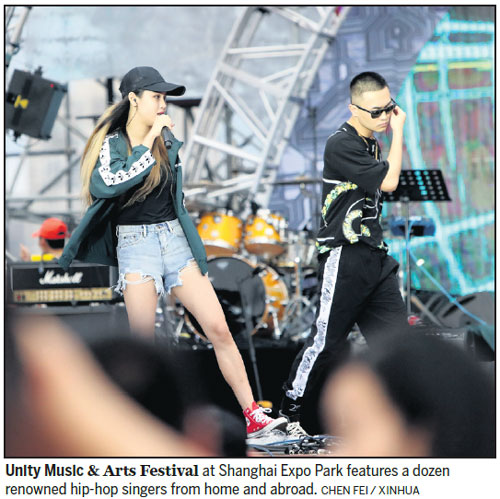
(China Daily Africa Weekly 09/15/2017 page18)
Today's Top News
- Dialogue constructive way to rebalance trade
- AI needs to be governed wisely to ensure that it is beneficial for future of humanity: China Daily editorial
- China warns about Japan's intended military buildup
- China urges EU to halt anti-subsidy probes
- Experts: Lai not freedom fighter, but a pawn of the West
- Hainan evolves as gateway to global markets
















